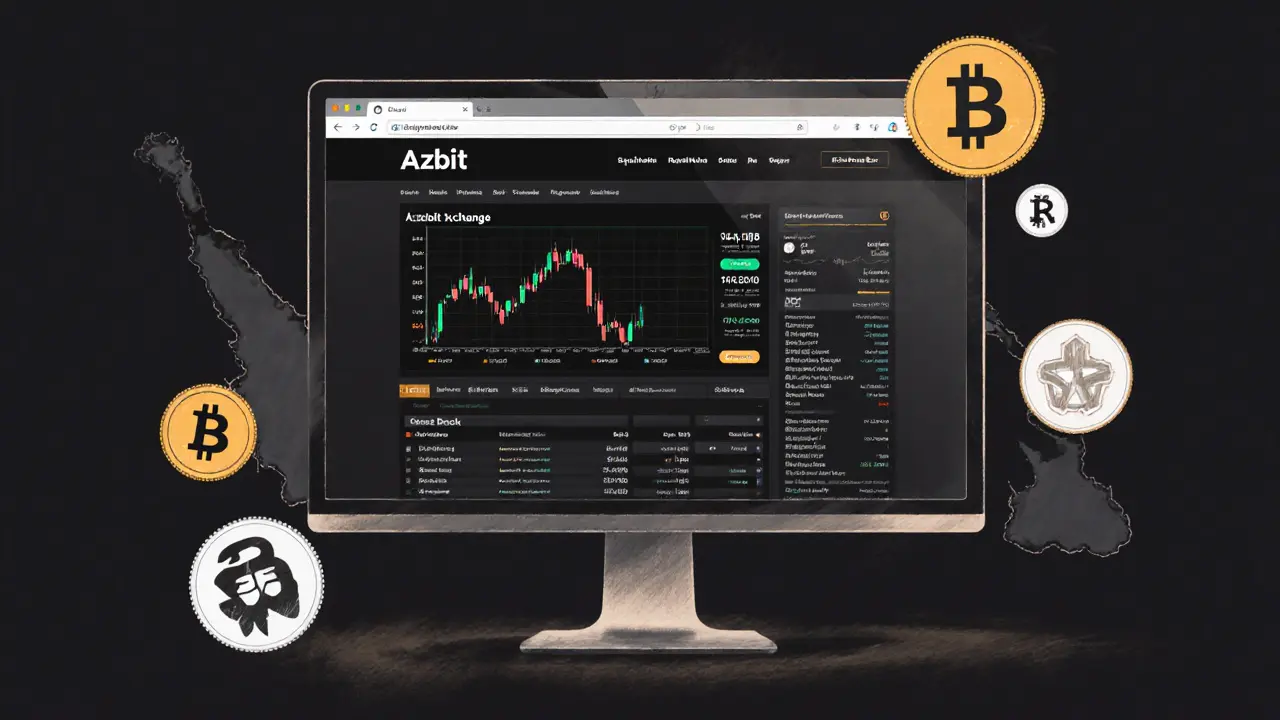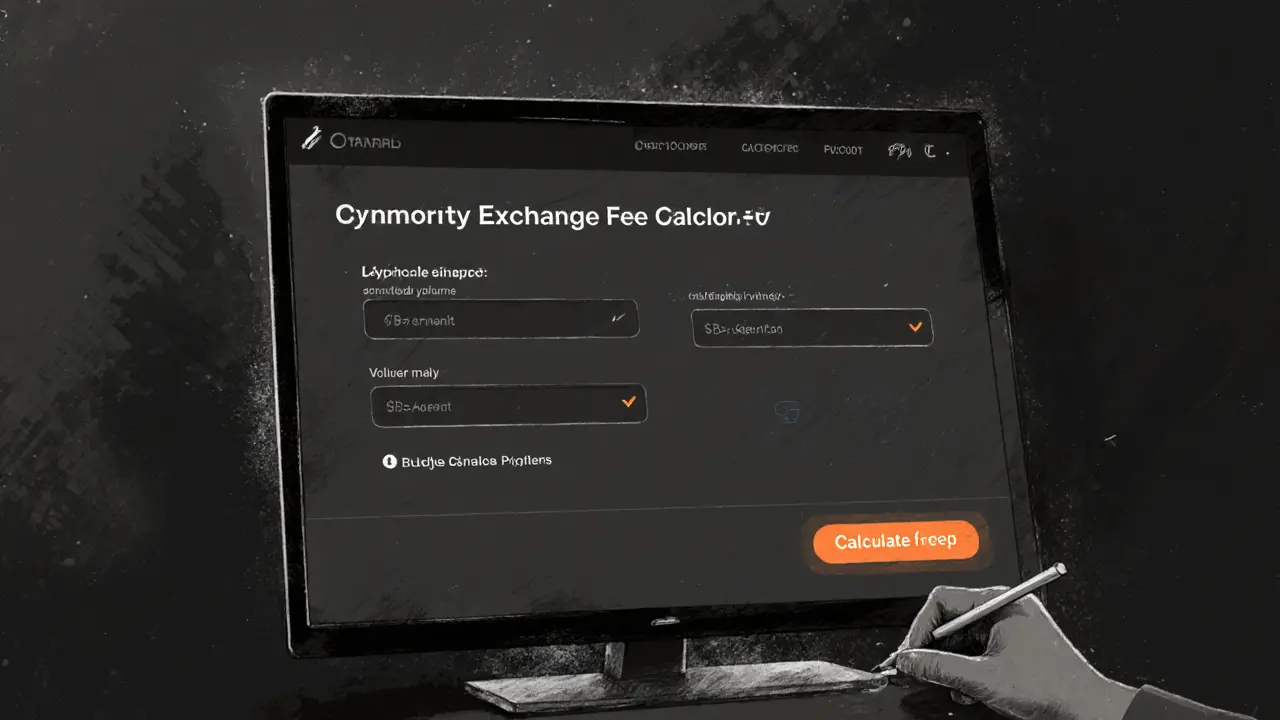mSamex Exchange is a mobile-only crypto app with no transparency, no user reviews, and no security disclosures. Is it safe? The lack of data makes it too risky for anyone serious about crypto.
Crypto Exchange Overview
When working with crypto exchange, a platform that lets users swap tokens, trade assets, and access real‑time market data. Also known as digital exchange, it powers most of today’s crypto activity. A decentralized exchange, or DEX, runs on smart contracts without a central authority, while a centralized exchange, or CEX, operates under a company that holds user funds and order books. Crypto exchange encompasses both models, but each brings its own risks and benefits. For example, DEXs give users full control over private keys, whereas CEXs often offer faster order matching and customer support. Understanding these distinctions is the first step to picking the right platform for your trading style.
Key Factors to Compare Exchanges
Liquidity is the lifeblood of any exchange; it determines how quickly you can enter or exit a position without slippage. High liquidity means deep order books and tighter spreads usually translates into smoother swaps and lower transaction costs. Swap volume, another critical metric, measures the total value of tokens traded on a platform over a given period. When swap volume rises, it often signals growing user confidence and attracts even more traders, creating a positive feedback loop. Fees, on the other hand, directly affect your bottom line. Exchanges may charge maker, taker, or withdrawal fees, and some DEXs add gas costs for on‑chain transactions. The relationship between fees and liquidity is intricate: lower fees can boost volume, but if fees are too low, the platform might not fund necessary security upgrades. By looking at these three attributes—liquidity, swap volume, and fees—you can gauge an exchange’s health and suitability for your strategies.
Beyond raw numbers, consider the tools and security features each platform offers. Many CEXs provide advanced charting, margin trading, and fiat on‑ramps, while DEXs often integrate directly with wallets like MetaMask for seamless asset control. Regulatory compliance is another layer; exchanges operating in major jurisdictions must follow KYC/AML rules, which can affect anonymity but also add a layer of protection against fraud. As the market evolves, new hybrid models blend CEX convenience with DEX transparency, aiming to give traders the best of both worlds. Below you’ll find a curated collection of articles that dive deep into specific exchanges, compare fee structures, analyze liquidity trends, and explain how swap volume impacts market dynamics. Use this guidance to sharpen your decision‑making and stay ahead in the fast‑moving crypto landscape.
An in‑depth Azbit crypto exchange review covering fees, security, features, geographic limits, and user experience for traders in 2025.
Explore the Bibox crypto exchange review covering fees, asset range, high leverage, trust scores, and who should consider using the platform.
An in‑depth IX.com crypto exchange review covering features, fees, security, regulatory status and a verdict for traders looking for a new platform.




